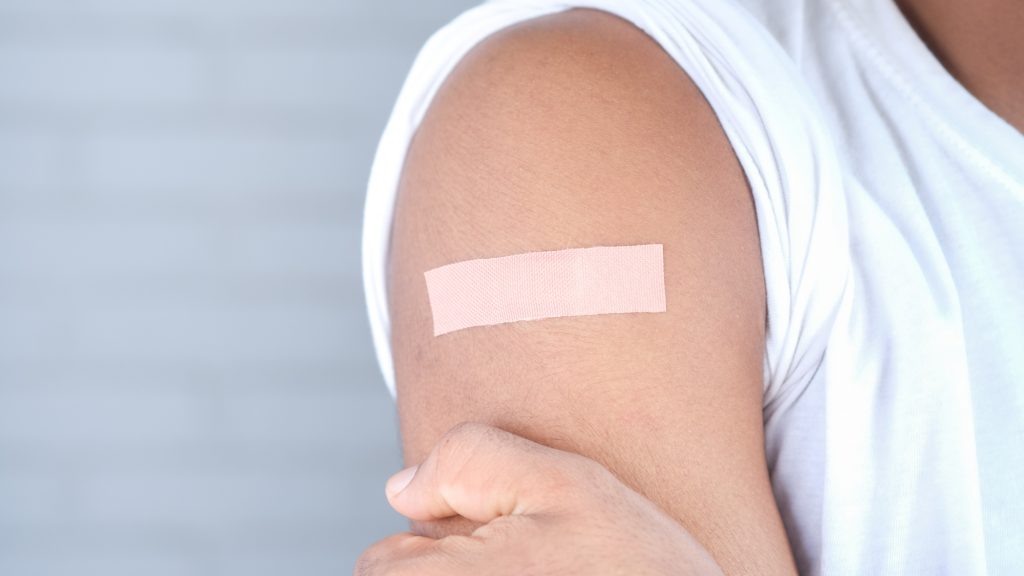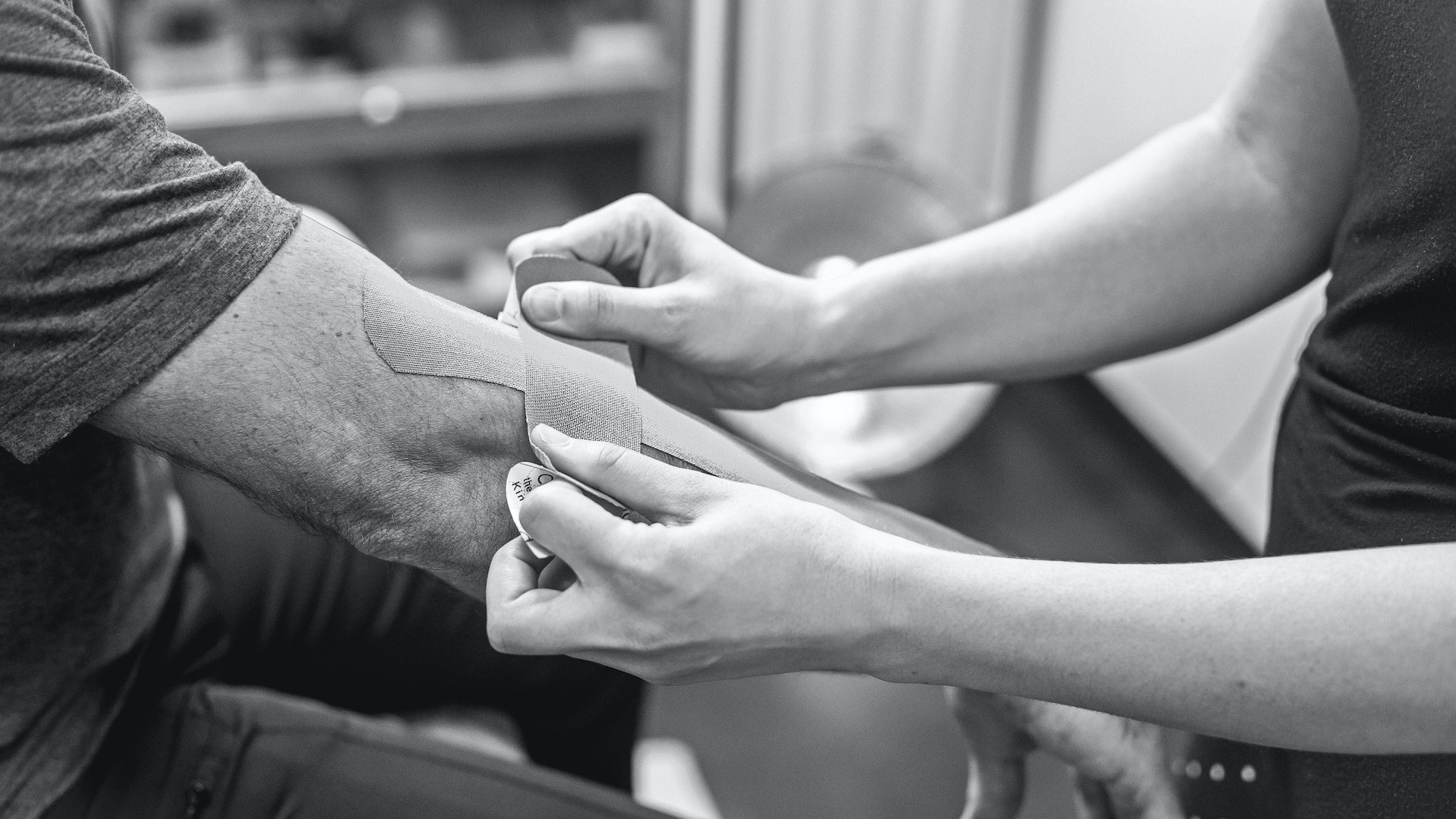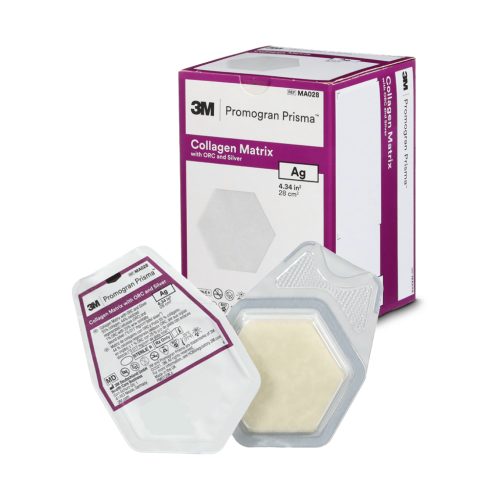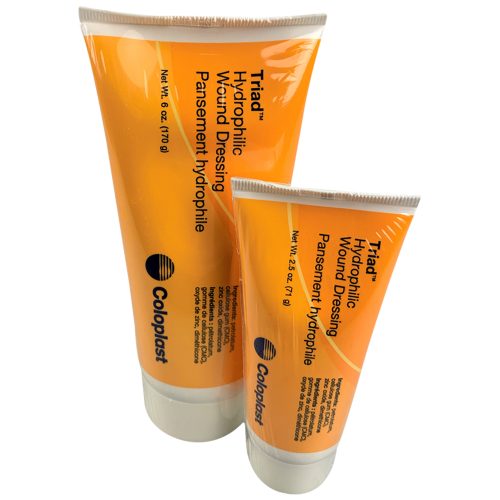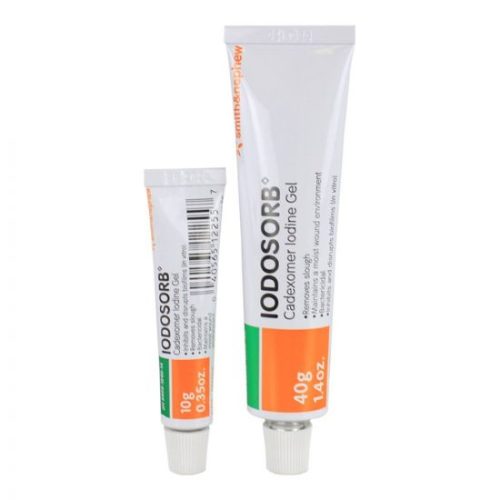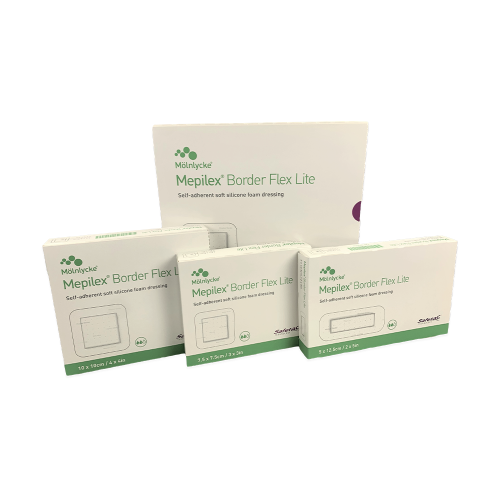Wounds heal naturally as the body restores damaged tissue. In general, wound healing comprises a complex series of overlapping stages. These steps are called the inflammatory stage, the proliferative stage, and the maturity stage.
When wound healing is interrupted, it often happens during the inflammatory phase. During the inflammatory stage, there’s an increase in matrix metalloproteases (MMPs) in the wound. That’s a good thing—MMPs allow wounds to heal. However, too many MMPs can instead cause damage and impede wound healing.
So, collagen dressings are a helpful way to restart the healing process.
Collagen’s role in the human body
Collagen is the most abundant protein in the body. There are many different types of collagen, but Type I collagen is the most abundant in the body. It’s found in the skin, tendons, ligaments, and bone.
This protein also plays an important role in all three stages of the wound healing process. Sturdy collagen acts as a scaffold to support new cells and tissues. In addition to providing strength, collagen also provides elasticity. That allows the new tissue to bend and move safely.
Collagen dressings are derived from animal or human sources and are available in various forms. These dressings are usually transparent or white and have a gel-like consistency. They can be applied to the wound directly, or you can use them in conjunction with other dressings.
The three stages of wound healing
Anyone who has ever experienced an injury, from paper cut to major surgery, will undergo the three different stages of healing. However, it’s crucial to understand that no two wounds will heal at the same rate. The process can even appear to move backward.
To better understand how collagen can help in the overall healing process of your wounds, it’s best to get to know and understand what happens during the three healing stages.
The three stages are as follows:
- Inflammatory phase: The body’s natural response to healing is the inflammatory phase. A blood clot forms during this stage, stopping the wound from bleeding. After that, the body starts to send antibodies, white blood cells, growth factors, enzymes, and nutrients to the wound area. It lasts up to four days.
- Proliferation phase: During this phase, new blood vessels are formed. New, fragile tissue is built with collagen and extracellular matrix.
- Maturation: In the last phase, the wound has closed, and the scars start to fade. It involves the remodeling of collagen as it strengthens and matures. The thin, tight skin that initially closed the wound may slowly be replaced by thicker, stretcher skin.
How collagen helps the healing process
Collagen aids the development of new tissue. So, collage wound dressings support the body’s natural healing process. When placed on a wounded area, the collagen dressing acts as a “second skin” that stimulates the growth of new, reparative cells. When applied to the wound, the collagen acts as a barrier. It provides the moist environment necessary for healing.
Providing this healing environment helps the body move past the painful inflammation stage. In addition to that benefit, well-protected wounds are less prone to infection.
There are many types of wounds for which collagen dressings can be used for. However, they work best in partial to full-thickness wounds.
Check out the common types of wounds where collagen dressings are best used.
- Chronic or stalled wounds
- Surgical wounds
- Ulcers
- Transplant sites
- Burns
- Large surface area injuries
Since collagen dressings can effectively speed up the overall healing process, they are beneficial for more severe wounds that take time to heal. This type of dressing can also serve an important part in treating injuries that are prone to infection.
Benefits of using collagen dressings
- They help to reduce inflammation and reduce the chance of infection.
- They stimulate cell growth and migration, which speeds up the healing process.
- They encourage strength and elasticity in new tissue.
- They are available in a variety of forms to suit different wound types.
Collagen dressings are an essential part of the healing process for many types of wounds. If you have an injury that is taking longer than usual to heal, talk to your doctor about whether a collagen dressing would suit your needs.
If you’re looking for the right collagen dressing, ColActive Plus is a tried-and-true wound care option. It’s available as a loose powder or in bandage form, suitable for a variety of situations. Both versions are available with or without ionic silver, which offers antimicrobial properties.
Treating chronic wounds with the help of collagen dressings
Promoting closure, especially in stalled wounds, is essential to proper long-term wound healing. So, if you’re treating chronic injuries or notice that your wound’s healing process has stalled, consider the supportive powers of collagen dressings.
